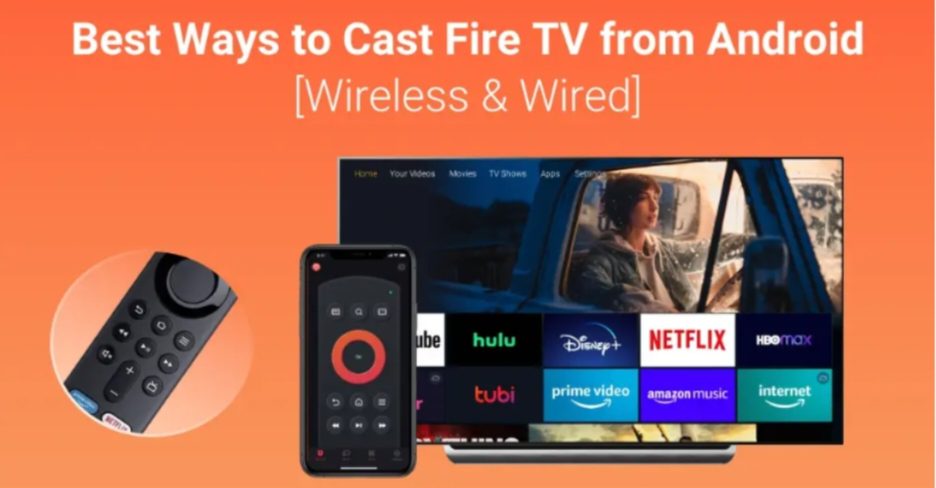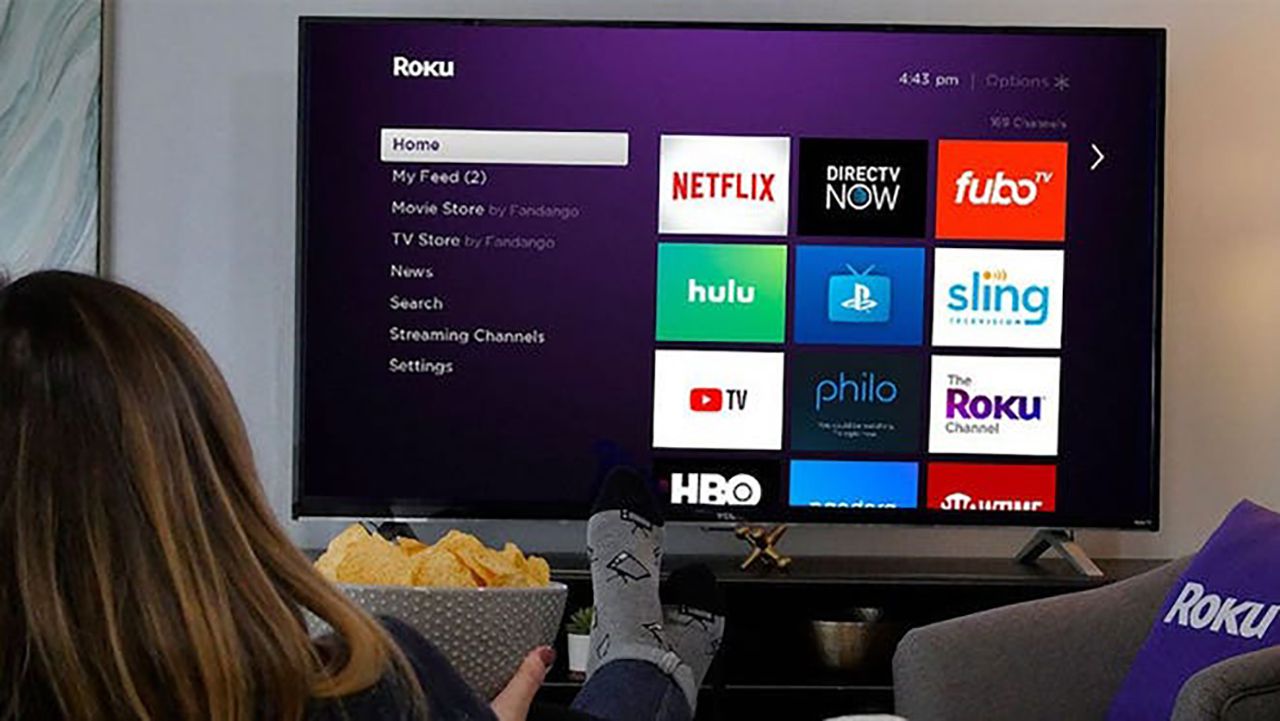
In today’s ever-evolving digital landscape, streaming TV channels are becoming a dominant medium for delivering entertainment and information to audiences worldwide. The explosive growth of platforms like Netflix, Hulu, and Amazon Prime has created a golden opportunity for content distributors to reach viewers on a global scale. However, while these platforms have proven successful, smaller streaming TV channel operators and independent distributors often grapple with the challenge of monetization. How do you turn content into profit in such a competitive environment? The answer lies in utilizing a mix of proven revenue-generating strategies tailored to both audience needs and market trends.
Ad-Supported Models (AVOD)
Ad-supported streaming, also known as AVOD (advertising-based video on demand), has emerged as one of the most accessible ways to generate revenue for content distributors. In this model, viewers access content for free while watching ads throughout their experience. This is a powerful option because it reduces barriers to entry—audiences are far more likely to engage when there’s no subscription fee. Advertisers, in turn, pay to place their messages in front of a captive audience. To maximize ad revenue, content distributors can leverage targeted advertising technologies that display relevant ads based on viewer data. Platforms like YouTube and Pluto TV have found tremendous success by perfecting this model, proving that well-placed ads can drive significant returns without alienating viewers.
Subscription Models (SVOD)
For many content distributors, subscriptions remain a tried-and-true path to monetization. Known as SVOD (subscription-based video on demand), this model allows viewers to access content for a monthly or annual fee. The key to success with SVOD lies in offering exclusive, high-quality content that audiences can’t find elsewhere. Channels that focus on niche genres—such as independent films, documentaries, or sports—often see the best results. Another critical factor is pricing; subscriptions must strike a balance between affordability and profitability. Bundling multiple content offerings, providing free trials, and offering tiered pricing plans can further entice subscribers and reduce churn. When executed well, a subscription-based approach ensures a steady, predictable stream of income for content distributors.
Pay-Per-View and Rentals
Pay-per-view (PPV) and content rentals allow viewers to pay for specific programs they want to watch, rather than committing to an ongoing subscription. This approach is especially effective for premium content such as live sports events, concerts, and newly released films. Content distributors can capitalize on the urgency and exclusivity of such events to attract larger audiences willing to pay a one-time fee. By offering flexible pricing for different types of content—such as lower prices for older titles and higher fees for premieres—distributors can expand their audience while still maximizing revenue. Platforms like Amazon Prime and iTunes have demonstrated how combining rentals with other models can satisfy a variety of viewer preferences.
Partnerships and Sponsorships
Collaborating with brands through sponsorships and partnerships can unlock significant monetization opportunities for streaming TV channels. In this model, brands pay for visibility within the channel’s programming, offering direct financial support to distributors. This could include sponsored segments, product placements, or even entire branded shows. The beauty of partnerships is that they create win-win scenarios: brands reach their target audience, and content distributors receive funding to produce or promote content. It’s important, however, to align partnerships with the channel’s audience demographics to ensure relevance and maintain viewer trust. By cultivating strong relationships with advertisers and sponsors, content distributors can add another layer of income while enhancing their offerings.
Hybrid Monetization Strategies
Given the diverse preferences of modern audiences, adopting a hybrid approach often proves most effective. Combining ad-supported content with subscription tiers, for instance, allows distributors to cater to both budget-conscious viewers and those willing to pay for an ad-free experience. Similarly, integrating pay-per-view options alongside a subscription library creates added value for premium offerings. The key is flexibility—distributors should analyze audience behavior and revenue data to optimize their monetization mix. Hybrid models not only diversify income streams but also help mitigate risk by ensuring that no single strategy is solely relied upon. This versatility can empower streaming TV channels to grow sustainably while appealing to a broader audience.
Final Thoughts
The rise of streaming TV channels presents an exciting opportunity for content distributors to connect with audiences and generate revenue in innovative ways. By exploring ad-supported models, subscriptions, pay-per-view options, partnerships, and hybrid strategies, distributors can build profitable, audience-friendly platforms. Success lies in understanding the audience, leveraging technology to optimize engagement, and delivering high-quality content that stands out in a crowded market. As competition continues to intensify, flexibility and creativity will remain critical for long-term growth. With the right monetization strategy, content distributors can not only thrive but lead the way in shaping the future of streaming entertainment.








